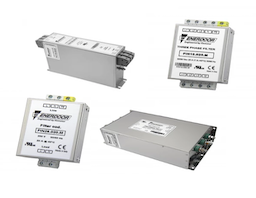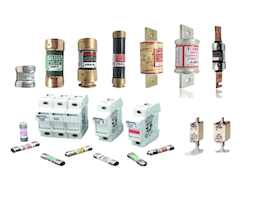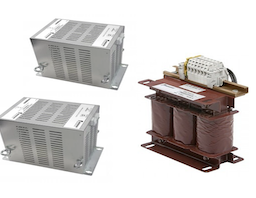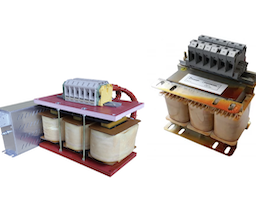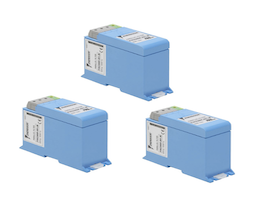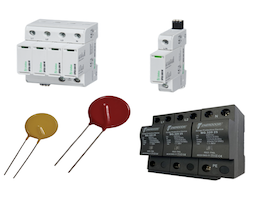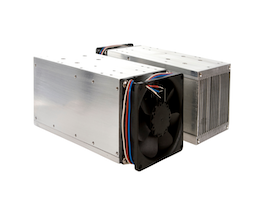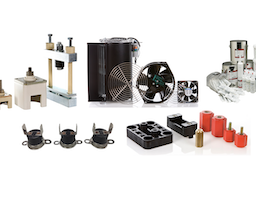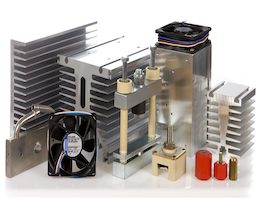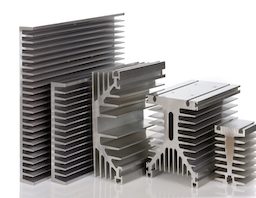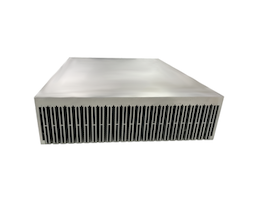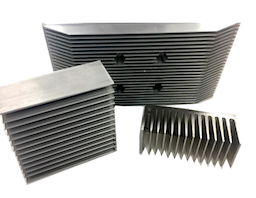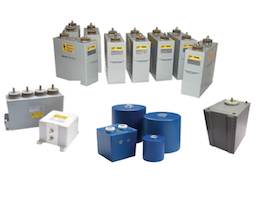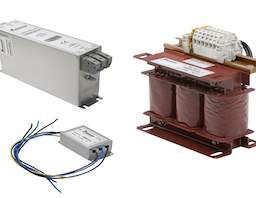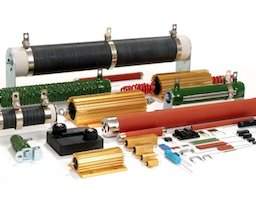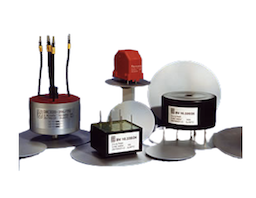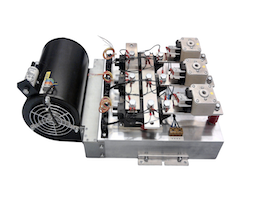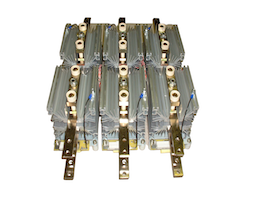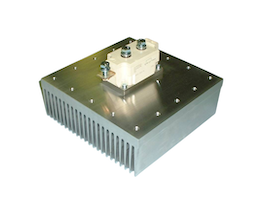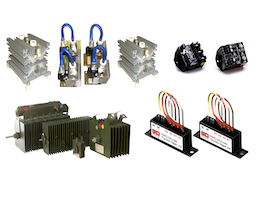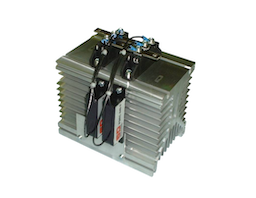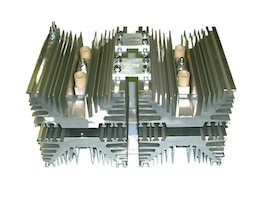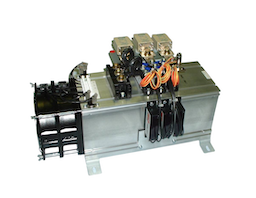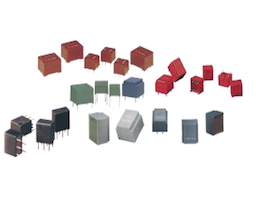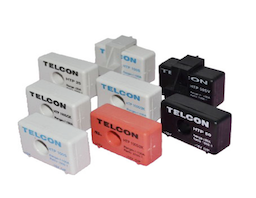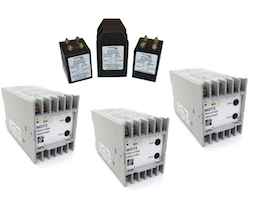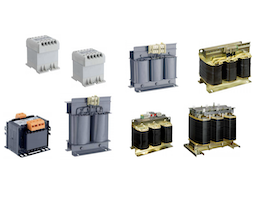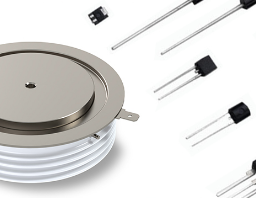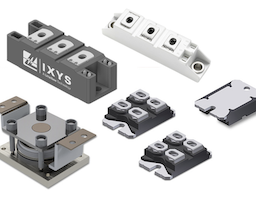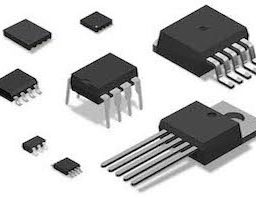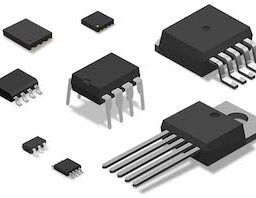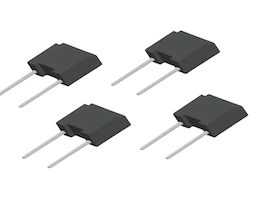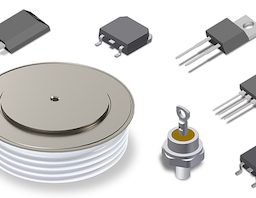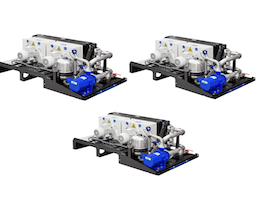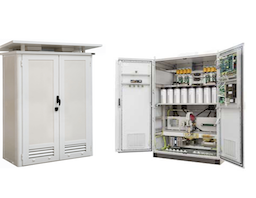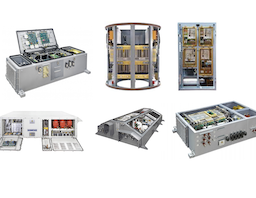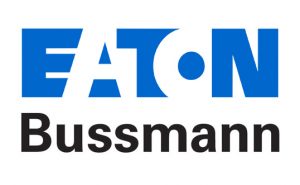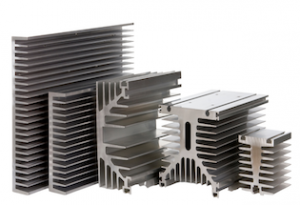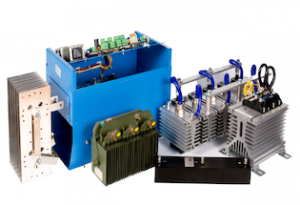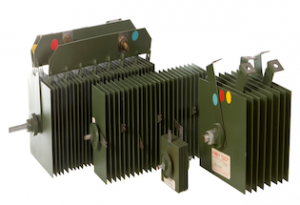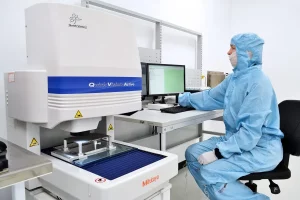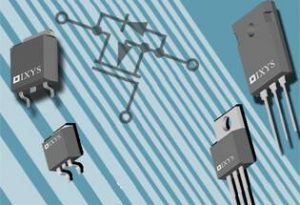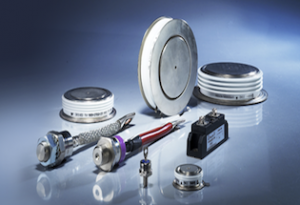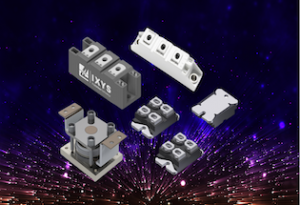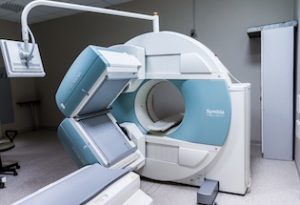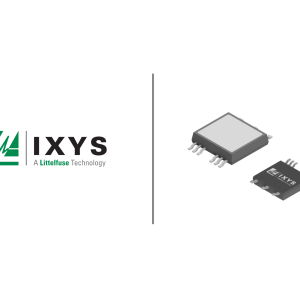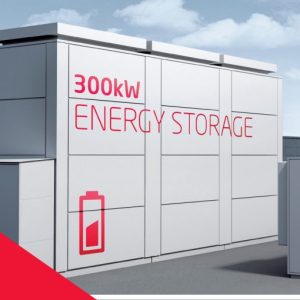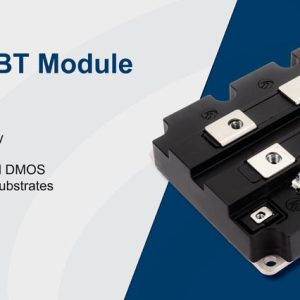05.10.2023
October 2023 – Introducing Meth’s Range of Harmonic Detuned Reactors
Discover the harmonic detuned reactors from 220V to 1000V designed by Meth Transformers Group
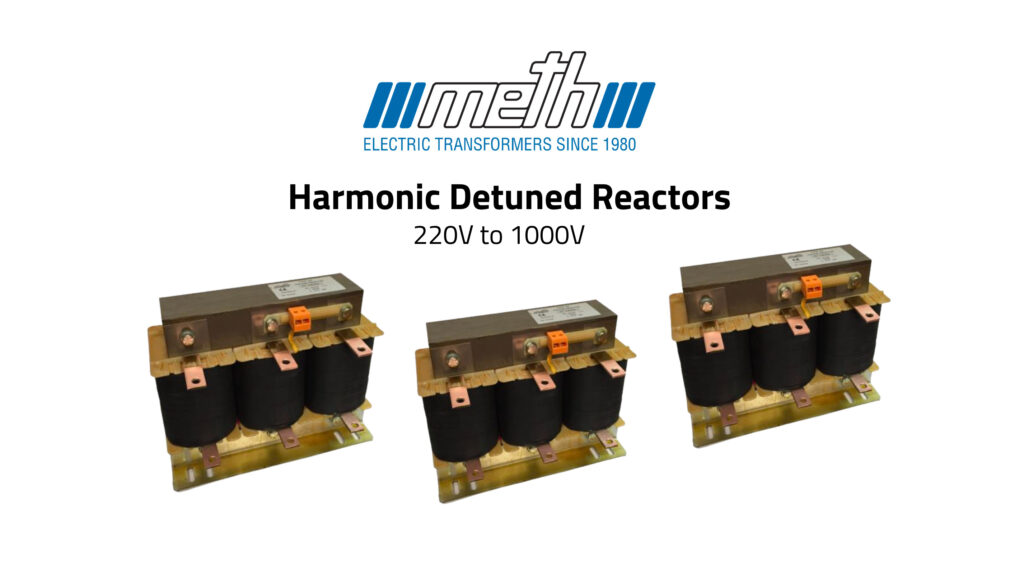
The Meth Group is a specialist manufacturer of single-phase and three-phase electric transformers, with Meth Kft’s single-phase transformers ranging from 30VA to 500VA designed for industrial and automation applications. Meth Srl provides single-phase and three-phase electric transformers from 3VA to 630kVA for a wide range of applications.
Harmonic Detuned Reactors
The use of several power electronic devices and non-linear devices contributes to the generation of harmonics, which adversely affect the operation of capacitors. Harmonic reactors are designed to protect capacitors and reduce the overall level of harmonics in the network. Capacitors and reactors form a resonant circuit, the resonance frequency is lower than the frequency of the higher harmonic present in the network. The most common reactor tuning frequencies are 210Hz (P=5.67%), 189 Hz (P=7%) and 134Hz (P=14%) is used at a high voltage level of the third harmonic.
Meth offers a range of Harmonic Detuned Reactors
Adjusted rating: Consists of achieving a predefined power, by preselecting several matching reactors and capacitors. This ensures the required power compensation, considering the voltage increase within the resonant circuit.
Non-adjusted rating: This method consists of choosing matching reactors to existing capacitors, considering capacitor values, such as capacitance and voltage. Mismatched capacitors are not protected against voltage overloads. Excessive voltage loading may lead to failure of the capacitors and/or shortening of their service life.
If you need to install harmonic detuned reactors in an existing system, please contact a specialist who will check the capacitance of the capacitors and confirm that they are not damaged. This may occur when the capacitors operate without detuned reactors.
Technical Specification
Standards: IEC 61558-2-20 EN 61558-2-20
Voltage range: 220V to 1000V
Frequency: 50Hz – 60Hz
Relative impedance: 5.67%, 7%, 14% (others available on request)
Tuning frequency: 189Hz/230Hz, 134Hz/160Hz, 210Hz/250Hz (at 50Hz/60Hz)
Power range: 2,5kVar TO 100kVar (others available on request)
Insulation class: Class H (others available on request)
Winding material: AI (Cu on request)
Working class: Class F (others available on request)
Protection degree: IP00
Test voltage: 3kV/1’

Download R3L/M-R3L/R Datasheet
Maximum ambient temperature: Ta 40°C (50°C or higher on request).
Benefits of using Meth Transformers Group
- Technology and customisation – Meth specialise in standard and custom designed products to meet specific customer requirements.
- High-quality materials – Meth focuses on carefully selected high-quality materials and technically advanced production lines
- Dynamic know-how – Meth is a dynamic and proactive company with a team that speak four different languages – English, German, Hungarian and Italian.
- Global reach – located in the heart of Europe in Hungary, Meth has a strong Eastern Europe client portfolio.
Whether you require a standard or customised product, Meth Kft’s and Meth Srl’s technical experience and advanced technology allows customers to develop new projects and solutions with a fast time to market.
For further information on Meth’s harmonic detuned reactors please contact GD Rectifiers on 01444 243 452 or email enquiries@gdrectifiers.co.uk.
